In Ecuador, Día de los Difuntos (Day of the Dead or Day of the Deceased) is celebrated on November 2nd. While it may share similarities with Mexico’s Día de los Muertos, Ecuadorian traditions create a uniquely Andean celebration, blending pre-Hispanic customs with Catholic influences introduced during colonial times.
We are privileged to have experienced Day of the Dead celebrations with friends in Peguche and Otavalo. We have also attended events as tourists in Calderón and Quito. We have learned that this special day brings families together to honor ancestors, celebrate family bonds, and reflect on the shared history between the living and the dead.
The Origins of Día de los Difuntos
The roots of Día de los Difuntos trace back to pre-Hispanic Andean customs. For the Quitu-Cara people and other Indigenous groups in what is now Ecuador, honoring ancestors was a deeply spiritual practice. Celebrations were held during Aya Marcay Quilla, a festival marked by rituals to commemorate the deceased, who were seen as vital members of the community.
After the arrival of the Spanish, these Indigenous rituals blended with Catholic traditions, leading to the Día de los Difuntos celebration as it exists today, deeply intertwined with both Andean Kichwa and colonial Catholic elements.

Ecuadorian Day of the Dead Traditions: Guagas de Pan
Guaguas de Pan are a defining feature of Día de los Difuntos. These colorful, human-shaped bread loaves symbolize children, or “guaguas” in Kichwa. These breads are handcrafted, often decorated with bright frosting in urban areas like Quito or more muted bread dough details in rural communities like Otavalo and Peguche. In rural areas, you might find guaguas shaped like little boys riding horses as well as the more common shape of a baby doll.
In big cities, Guaguas de Pan sold in stores are typically sweet, sometimes filled with flavors like dulce de leche or fruit mousse to satisfy diverse tastes. However, in rural communities, they’re plainer but lovingly handcrafted to reflect the deep respect and care for ancestors.
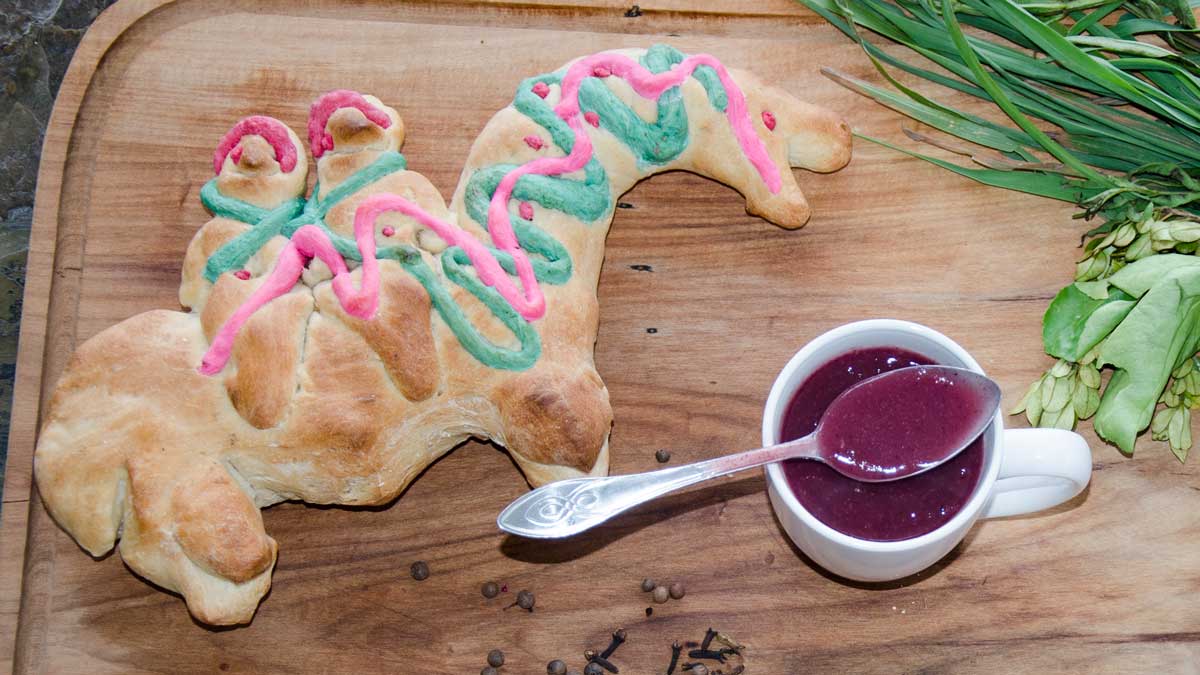
Ecuadorian Day of the Dead Traditions: Colada Morada
Another essential component of Dia de los Difuntos is Colada Morada, a rich, fruity drink made from blackberries, other fruits, and spices, often thickened with flour from blue corn. This drink holds profound symbolism, representing the deceased with its deep purple hue. In some interpretations, Guaguas de Pan embody the living, while Colada Morada represents those who have passed away, signifying the unity of life and death.
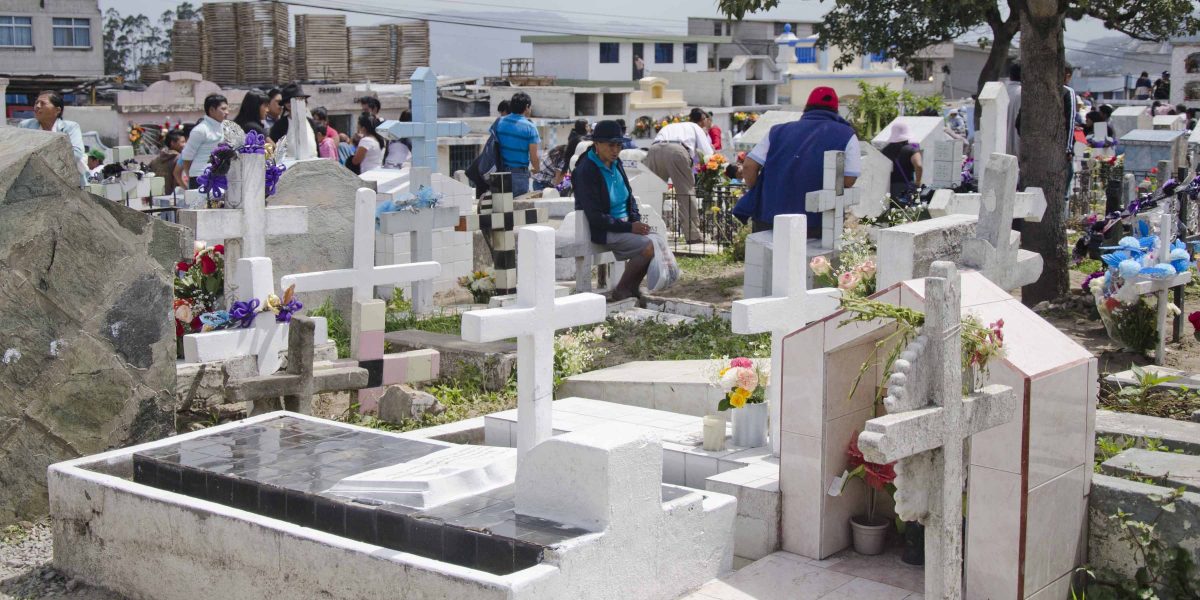
November 1st and 2nd: Celebrating Through Community and Family
While Día de los Difuntos is officially on November 2nd, preparations begin on November 1st, with families coming together to bake, cook, and celebrate. In Otavalo and Peguche, these gatherings may feature local dishes, from habas con queso (fava beans with cheese) to roasted cuy (guinea pig), bringing family and friends together for a joyous feast.
November 2nd is when families gather at cemeteries across Ecuador, family members often traveling long distances to their hometowns. Throughout the Andes, families arrive with colorful Guaguas de Pan, baskets of fresh produce, and flowers, placing these offerings on graves as a symbol of respect and care. These gatherings often include sharing a meal, stories, and even laughter among gravesites. Families sit together, eat traditional foods, and spend hours tending to graves, pulling weeds, and repainting iron fences surrounding family plots. For many Ecuadorians, it’s a day of relaxation and reconnection rather than sorrow. For those with recently departed family members, it is a time for prayer and reflection.
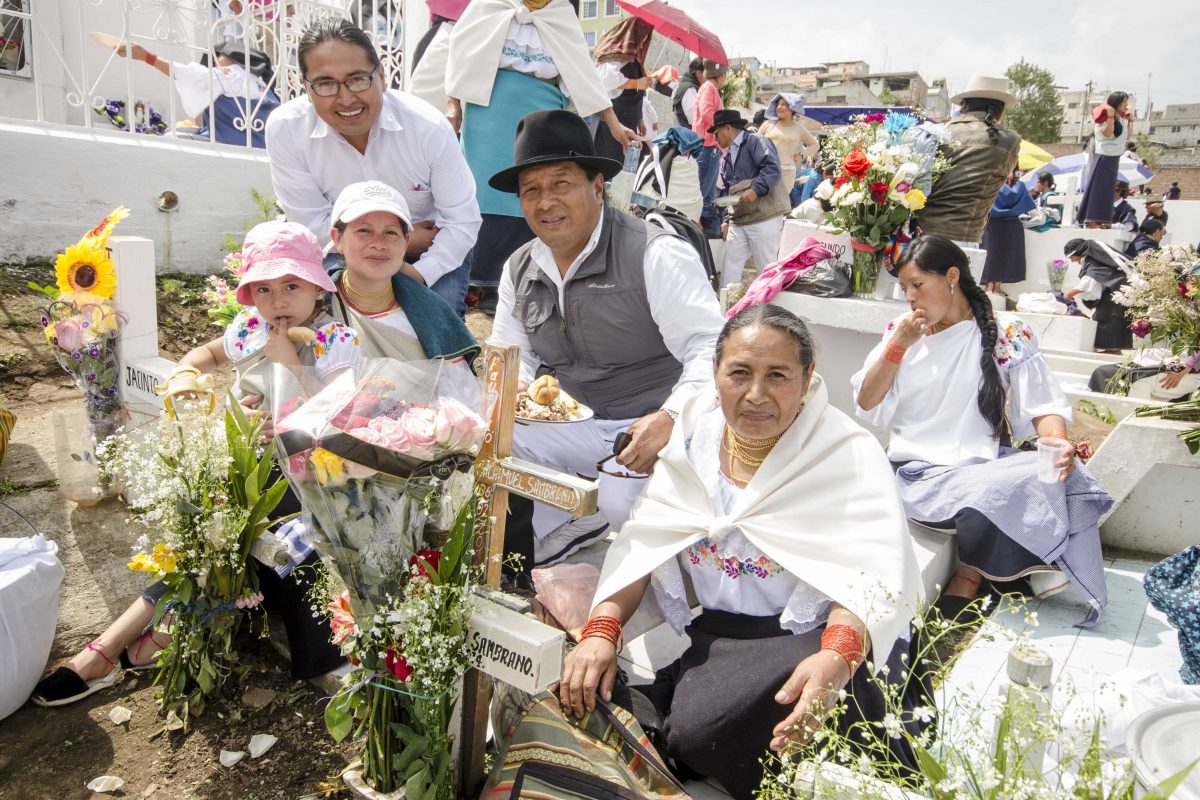
Tips for Tourists
For those wanting to experience Día de los Difuntos in Ecuador, visiting rural areas like Otavalo or Peguche can offer an authentic glimpse into local traditions. It is worth noting that Otavalo holds one of the largest celebrations of Día de los Difuntos. Be warned that the streets outside the cemetery can be so full that there is barely room to move. The crowd slowly shuffles forward through the entrance gate, pushed from behind by others waiting to enter. International tourists become an easy target for pickpockets.
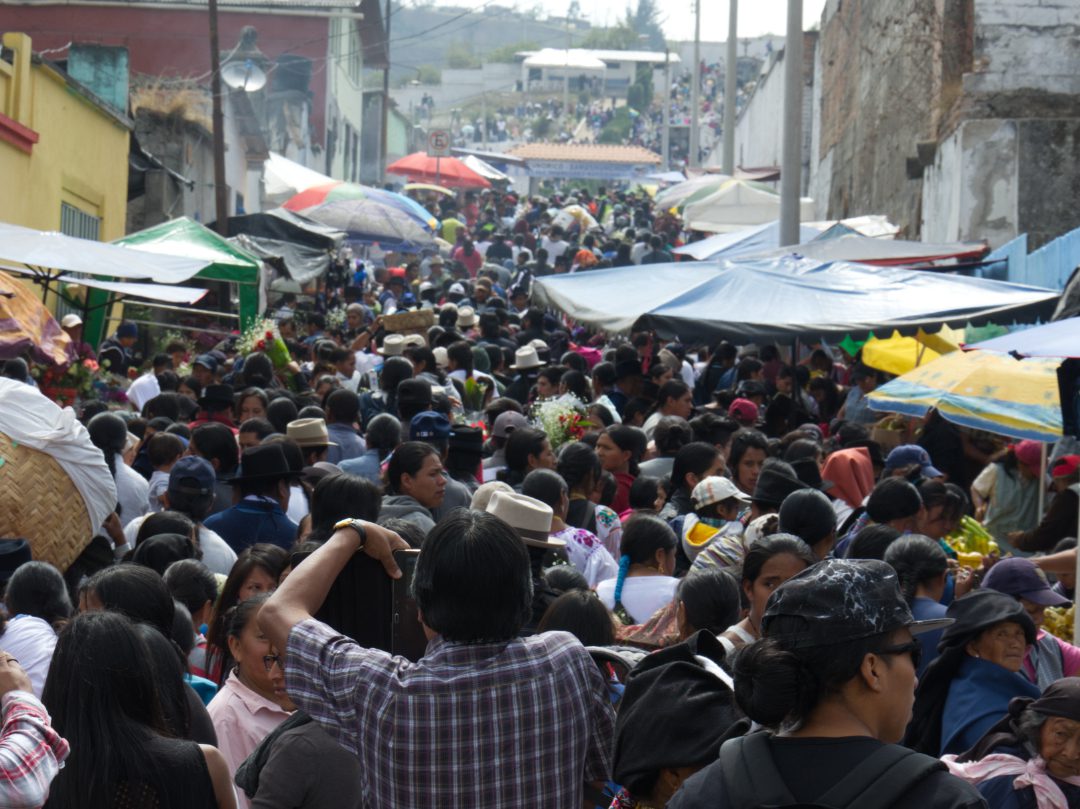
Additionally, without an invitation to attend a family event, we recommend limiting your curiosity and not approaching families at gravesites or even avoiding the cemetery altogether. Often, these celebrations include events in the local plazas, like traditional dancers, and stalls selling hornado and other Andean specialties. These are places where tourists are encouraged to enjoy the event.
When taking photographs, especially in rural areas, it’s essential to approach with respect. This is even the case at the market stalls. Not all vendors are eager to have tourists snapping photos. Furthermore, we’ve encountered a vendor who refused to sell us a Guagua de Pan, after we offered to buy one with the hopes of taking its photo at another location. She explained that these breads are meant for honoring family graves and nothing more. Our policy is to always ask before taking any photographs, as these gatherings hold profound meaning for residents and are not merely photo opportunities.
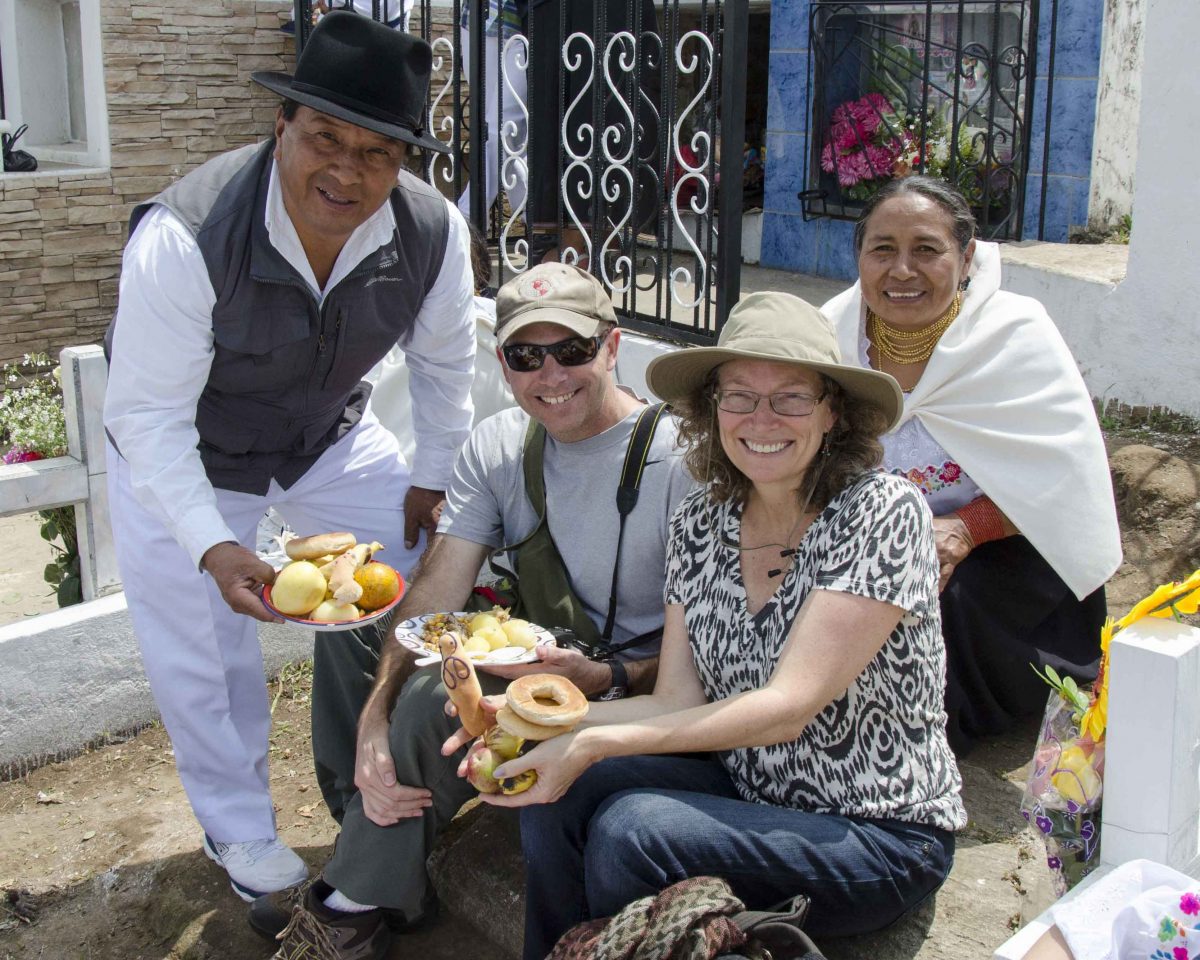
Final Thoughts About Ecuador’s Day of the Dead
If you would like to celebrate Ecuador’s Day of the Dead, remember that this day presents an opportunity to witness a heartfelt tradition that, at its core, is a testament to the strength and warmth of family. The best way to celebrate is with a personal invitation. We know that this is not easy to acquire.
From our experience, attending events close to Quito is more acceptable for international tourists, especially when churches like the Convent Museum of San Diego offer events that highlight the food traditions and include activities to educate children and adults alike. But if you are after a truly Andean event, within the Kichwa community, we recommend booking a homestay or community tourism tour. That is likely the best way to enjoy a safe and authentic Day of the Dead celebration in Ecuador.

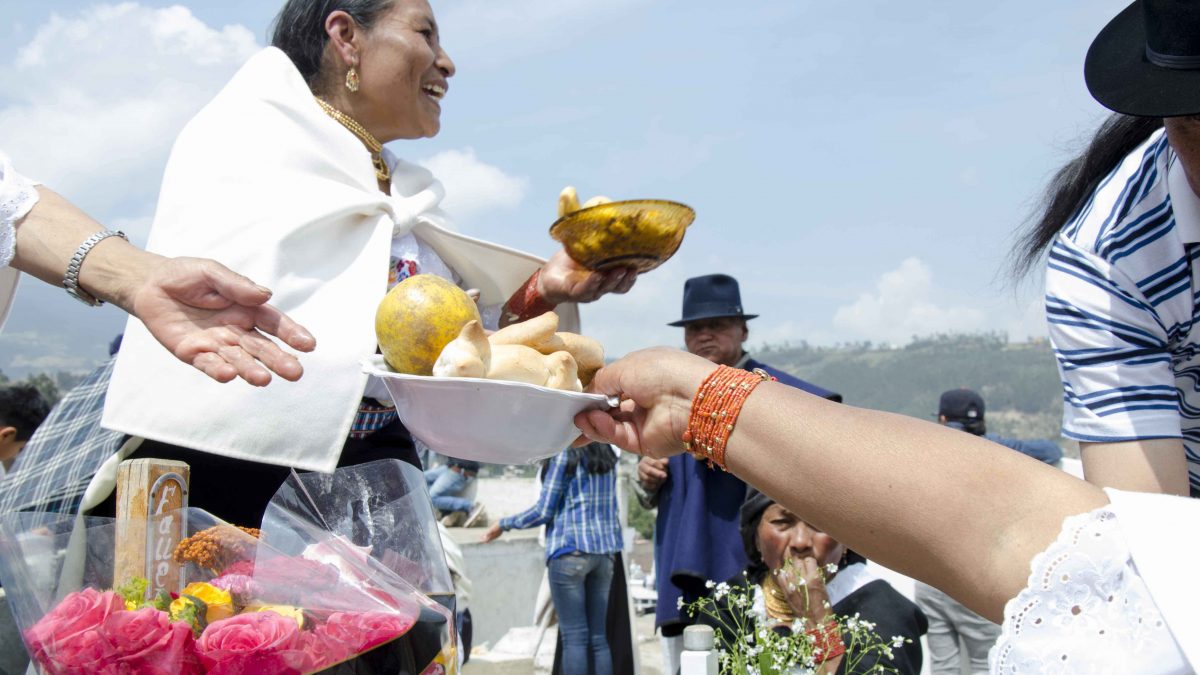
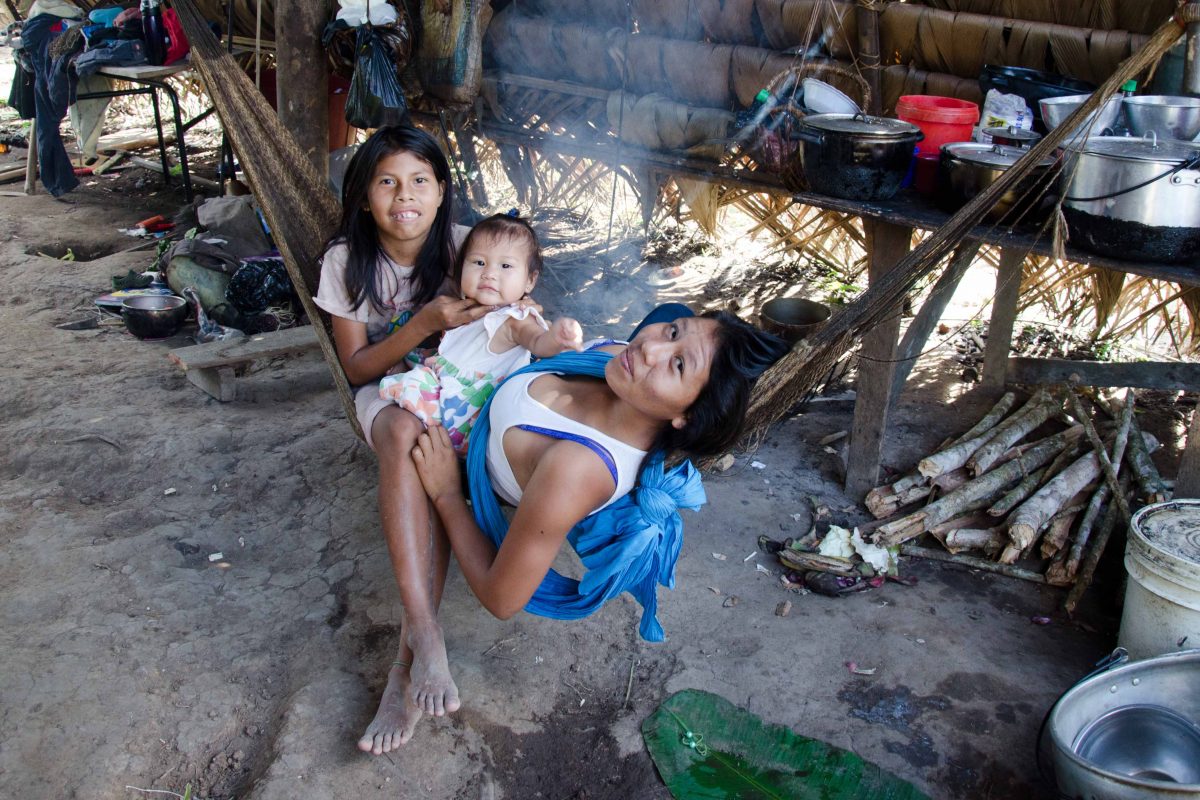

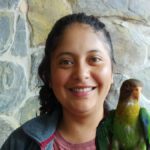

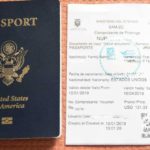
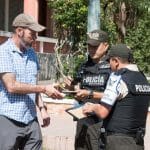
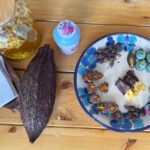





This post beautifully captures Ecuador’s Day of the Dead traditions, showcasing the deep respect for ancestors and family bonds, which parallels the sense of reverence and connection one feels when trekking to Everest Base Camp, immersed in the culture of the Sherpa people.
Thank you for your kind words, Khanal. I have not had the pleasure of visiting Everest Base Camp, but the ties between Indigenous traditions are likely strong between these mountain cultures.
This post perfectly highlights Ecuador’s Día de los Difuntos, blending Andean traditions with Catholic influences, while offering great tips for tourists to respectfully experience the culture.
Thank you for your kind comment, Bikash.